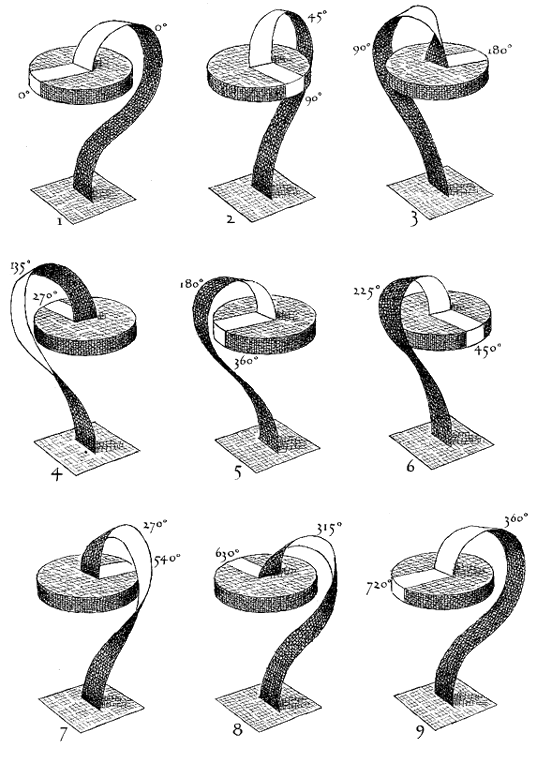alexjrgreen wrote:
The guys here working to simulate a polywell would really have appreciated your help...
Thanks for your positive comment, and those made by others over the last week since my post.
93143 wrote:Does that mean Ph.D.? If not, it implies a nonstandard education
non-standard education.
93143 wrote:
I have an M.Sc. in mechanical engineering from the University of Alberta. The topic was microscale droplet deformation in an electric field, with focus on dynamic effects. It was supposed to be a prelude to modelling of electrowetting actuators in lab-on-a-chip devices
I've also done some work on roughness-dependent dynamic contact angles, quite good work I thought but I hit too many 'unconventional' buttons along the route for it to stick and in no small part due to holes from a non-standard education, this I freely admit. But I felt there was substantial merit in my dynamic, entropic considerations of Wenzel along with designs arising from that for improvements to the Wilhemly technique to accommodate true 3D 3-phase contact line interactions, rather than just the 2D contact line that is usually considered normal to the propagation vector, plus kit that can accommodate interactions where the advancing and receding angles vary by <1 degree and so cannot be assessed visually. I also conducted an experiment on 'navile' contact angles with 3 liquids and noted hysteresis in those, which suggests it is more than just roughness, but that may or may not have been experimental inaccuracy but the conventional interpretation insisted that it was just experimental errors so I wasn't given the opportunity to explore that further. I believe there are more fundamental entropic considerations in these systems.
And many years ago I did some contract research on multi-phase fluid flow (I constructed an improved Taitel-Duckler model with a dynamic interfacial fricition factor, which gave a calculated minimum holdup for slug growth of 0.359..).
I do not seek to compete on qualifications, however, and never will. You would win in a pure paper chase, but this is not my motivation. You, as most professional researchers, will make steady solid contributions which, one hopes, will add to the body of knowledge steadily and you may be on watch when something interesting happens. Whereas 'my kind' will make significant quantum differences, or none at all.
93143 wrote:there can be holes in a nonstandard education, particularly in terms of basic principles...
We could revisit that, but I think it finished. I am not sure I ever questioned, nor countered, 'standard basic principles' nor was it my intent.
93143 wrote:I just wish you were a little more interested in the 'succeed' part re: Polywell...
This is the bit I thought I should just polish up a little. I am interested in Polywell's success and will flat-out celebrate if it gets anywhere, but I just don't think it lies in some of the current speculation. Not sure what else there is to do in the meantime so I do not seek to discourage anyone from doing so, but there has to be some proven mechanistic evidence generated for me to get a grip on. At the moment the debates seem to be as much about the debators getting a grip on each other, rather than the problem, and that's not really my thing. As you can tell, I've had too much of that in my life already.
Experimental evidence is king and Polywell is just flat out of any traceable experimental evidence, but I'll be looking out for any good simulation work as well. If either come along, either on this forum or elsewhere, I'll put my two-penny-worth in.
best regards,
Chris MB.
